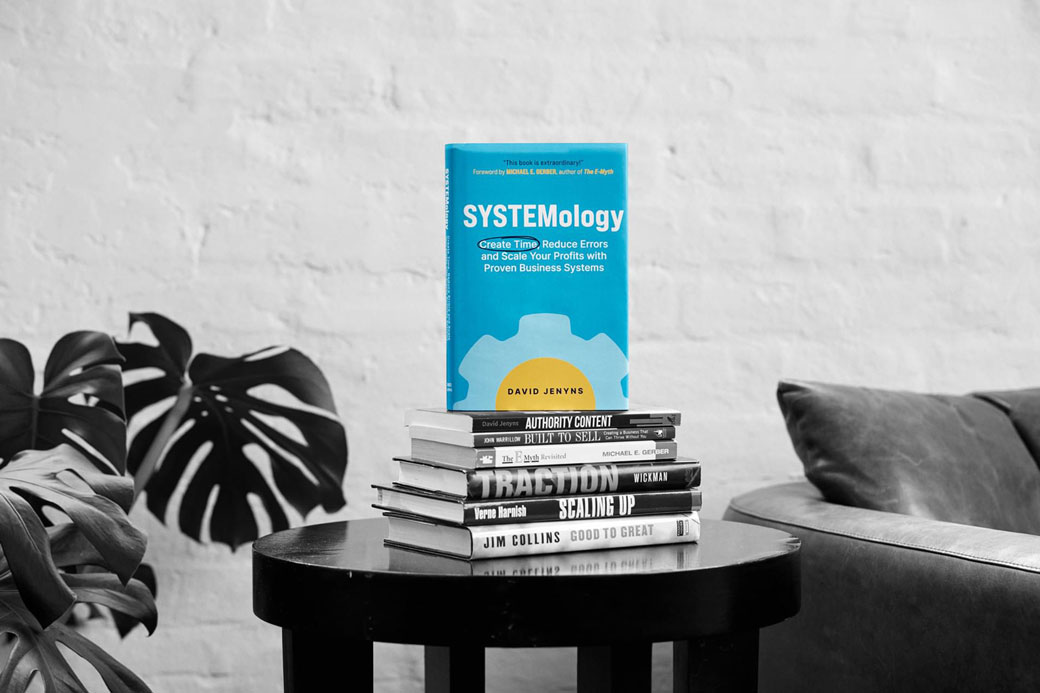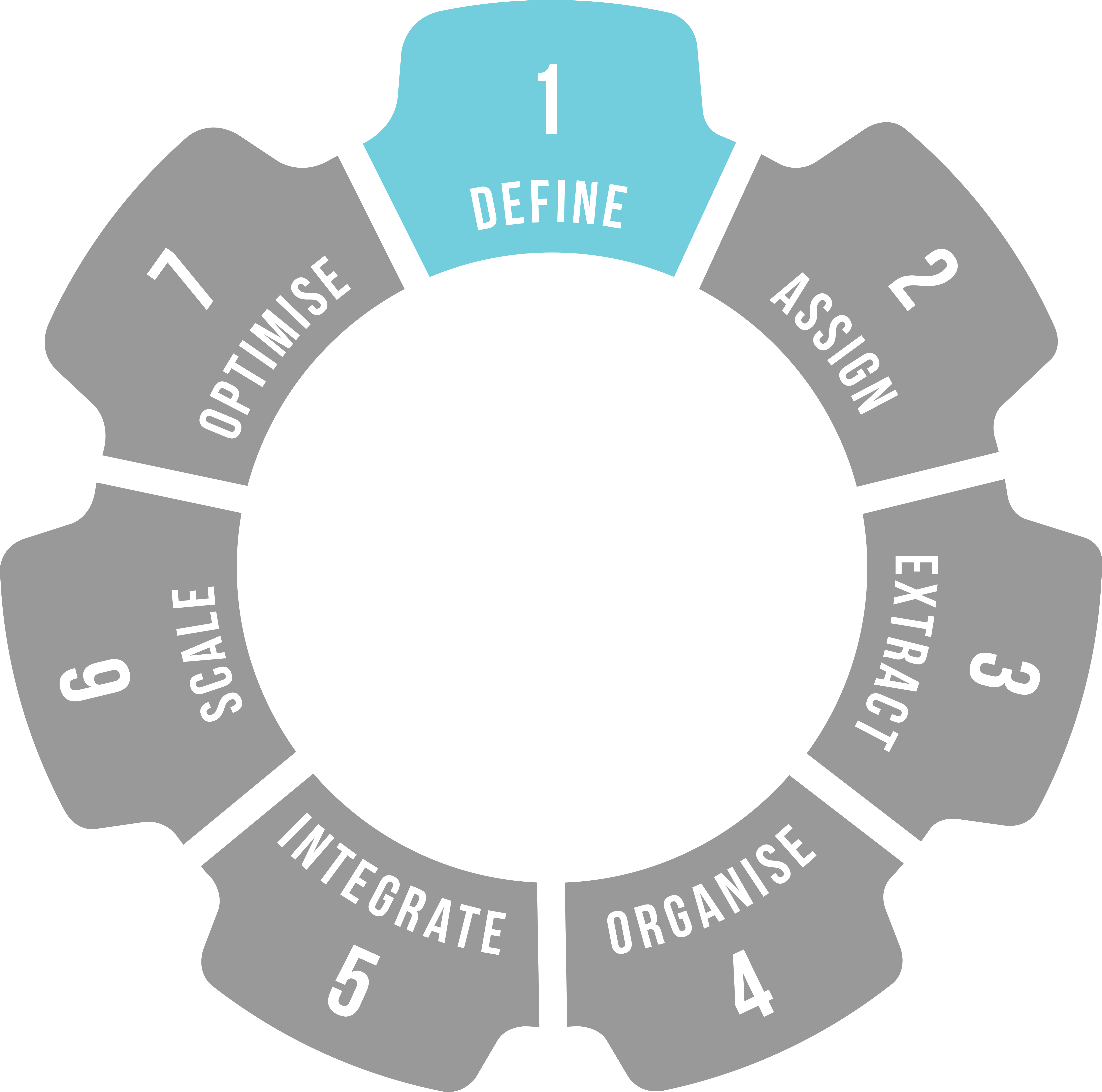
Stage 1. Define Summary
The goal of this chapter is to identify 10–15 systems as a starting point for your systemisation journey. Who knows, it may even open your eyes to parts of your process you never even considered.
Highlights:
- How and why SYSTEMology was born.
- What are business systems, and why they matter.
- How overcomplicating systems can hold you back.
- How to quickly and easily identify the critical few systems that drive your business
Action Steps
- Step #1: Listen to Michael E. Gerber introduce SYSTEMology - click here
- Step #2: Identify ONE primary target client and ONE primary product you sell to that client.
- Step #3: Define your Critical Client Flow™ (CCF).
- Step #4: Share your completed CCF.
Resources & Downloads
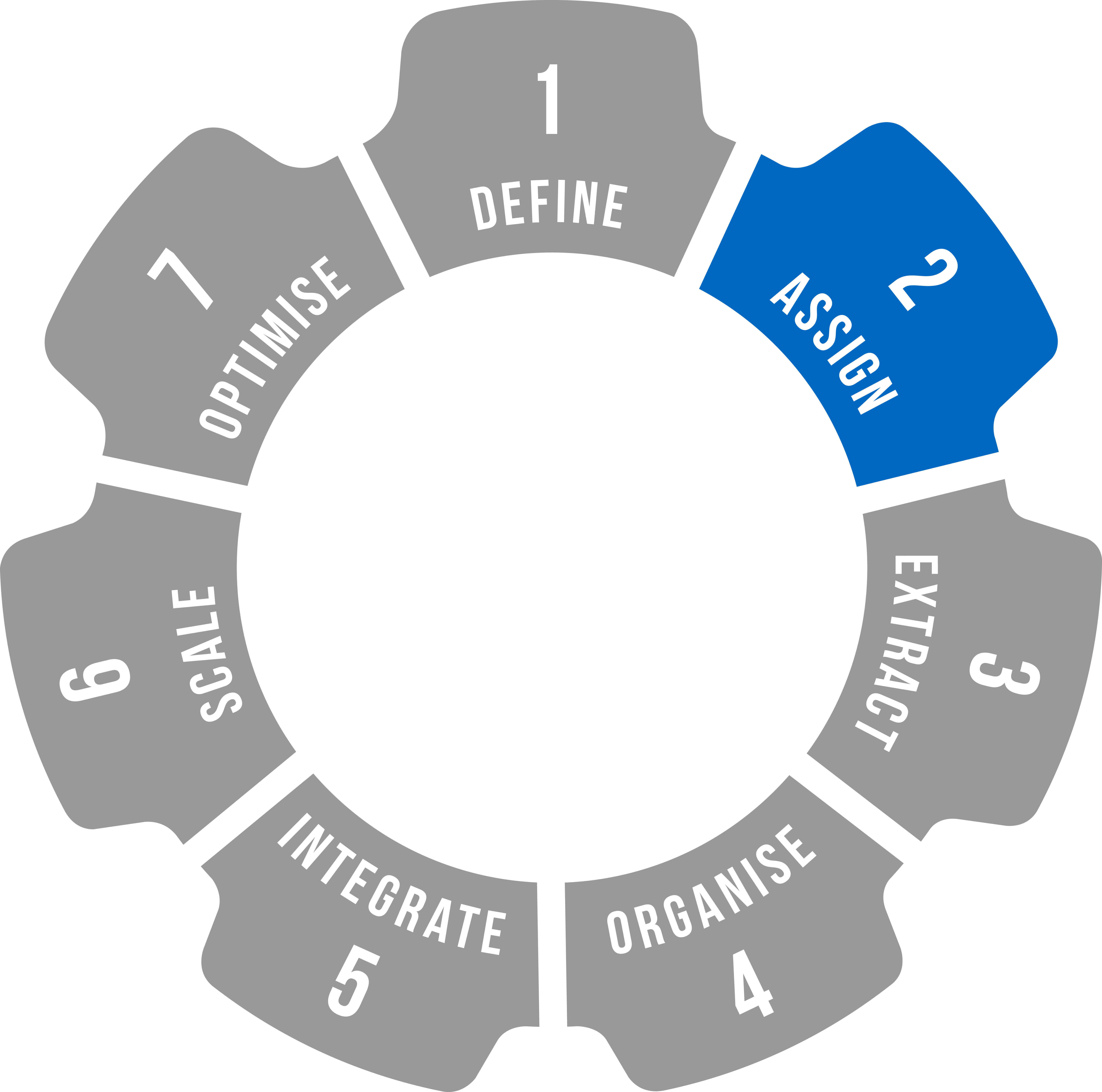
Stage 2. Assign Summary
The second stage in SYSTEMology is to recognise that the knowledge of how to do a task to a great standard already exists within your team.
In this chapter, you will locate the knowledge and, where possible, take the business owner out of the equation. The fact is, if you’re serious about removing key person dependency, it’s time to assign the responsibility of systems development to capable team members.
Highlights:
- Why the business owner is typically the worst person to develop systems and processes.
- How to quickly and easily create a systems development action plan detailing who is doing what by when.
- Why modelling your best team members is the best-kept secret to rapid systems development
Action Steps
- Step #1: Identify key departments
- Step #2: Assign the responsibilities of each department.
- Step #3: Assign department heads.
- Step #4: Identify additional knowledgeable workers.
- Step #5: Assign critical systems to knowledgeable workers.
Resources & Downloads
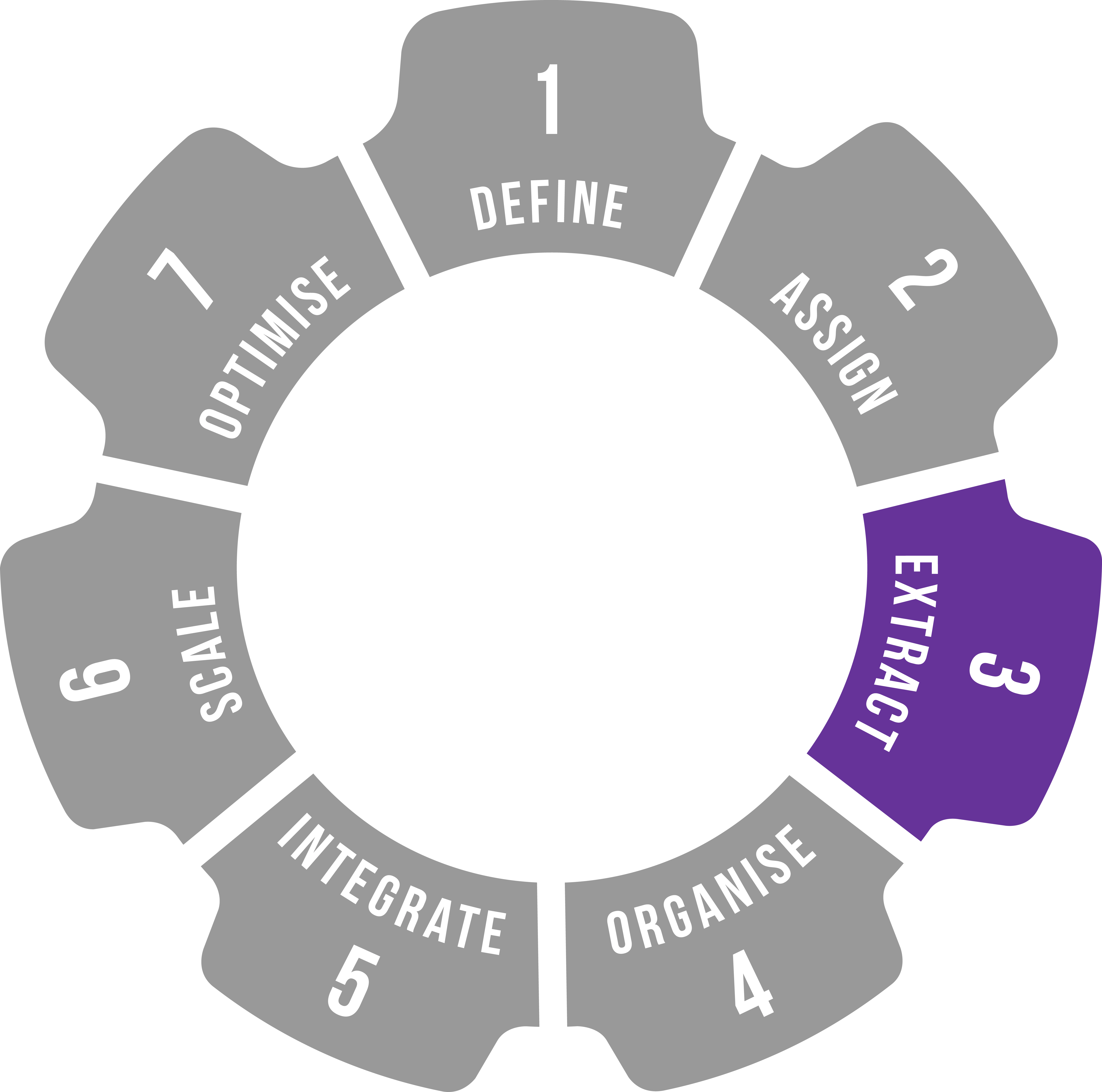
Stage 3. Extract Summary
The third stage in SYSTEMology is to capture the knowledge from your team and turn it into a shareable system. In this chapter, I will quite literally share the system for creating systems.
The name sounds funny, but one of the primary reasons people struggle to systemise their business is precisely because they don’t have a system to guide them.
Highlights:
- Why creating systems should ALWAYS be a two-person job.
- Rock solid strategies to get ‘buy-in’ and cooperation from EVERYONE in your business.
- What is a systems champion and why they’re essential for building a systems-centred business.
- Why flowcharts and screenshots suck when creating systems and processes.
Action Steps
- Step #1: Using your Departments, Responsibilities & Team Chart (DRTC) as a guide, create a timeline and get to work extracting your systems. You can prioritise based on solving problems you know currently exist within the business.
- Step #2: Follow the System for Creating Systems for each identified system.
- Step #3: Identify how you will maintain momentum. Will you use rewards, punishments or both to keep your team on track?
Resources & Downloads
Recommended screen capture software:
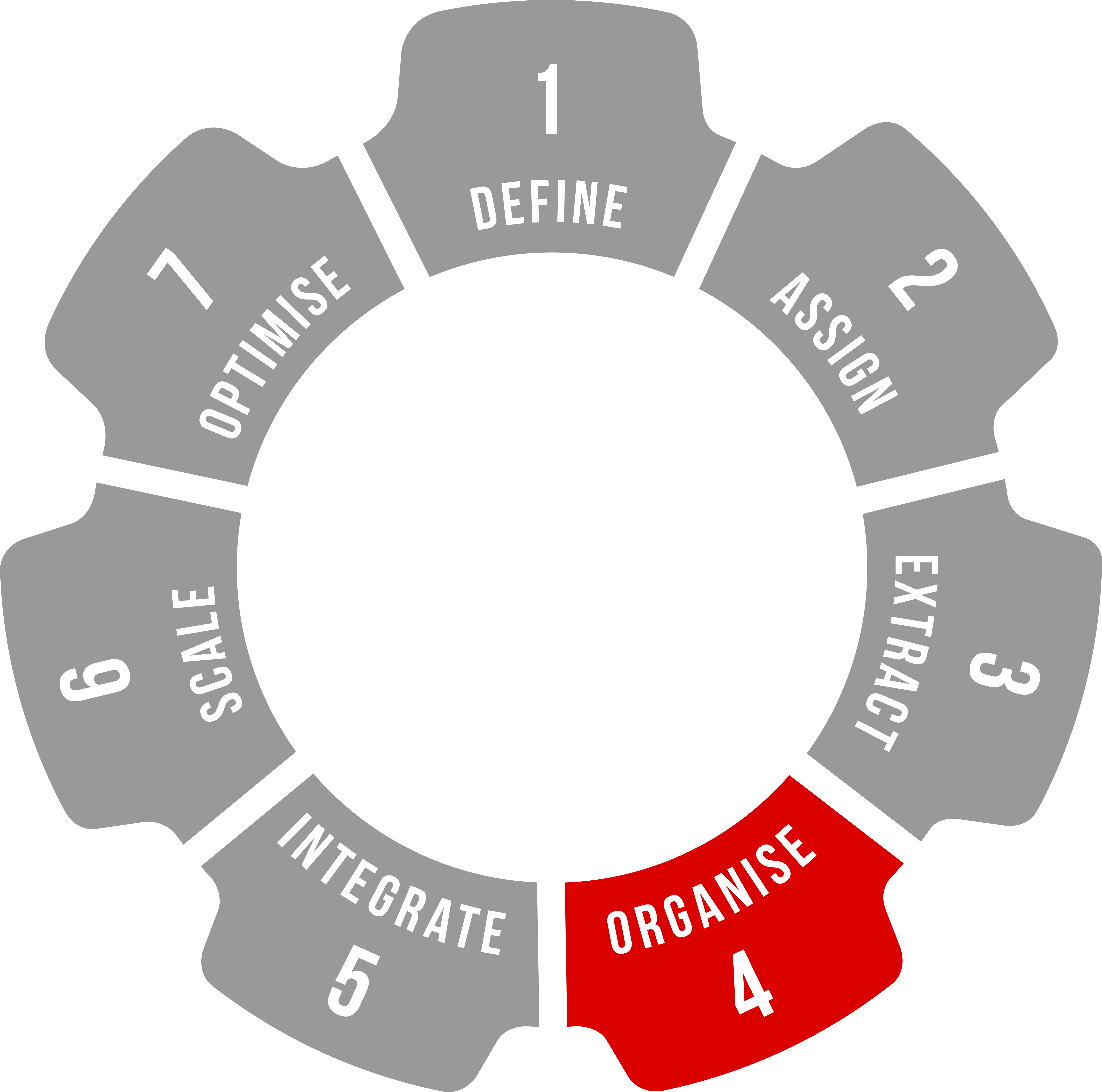
Stage 4. Organise Summary
The fourth stage in SYSTEMology is to organise the systems you have captured and implement the right technology to ensure your team actually follows them!
You will discover how to overcome the dreaded “but I didn’t know” and lay the foundations for high performance.
Highlights:
- Why systems-centred businesses always get higher multiples and sell for top dollar.
- Why software will never be the ‘holy grail’ to business systemisation.
- Why it’s critical to separate your systems documentation from your project management.
- What most people do wrong when they try to automate their workflows.
Action Steps
- Step #1: Identify what software you will use.
- Step #2: Customise your project management software.
- Step #3: Customise your systems management software.
Resources & Downloads
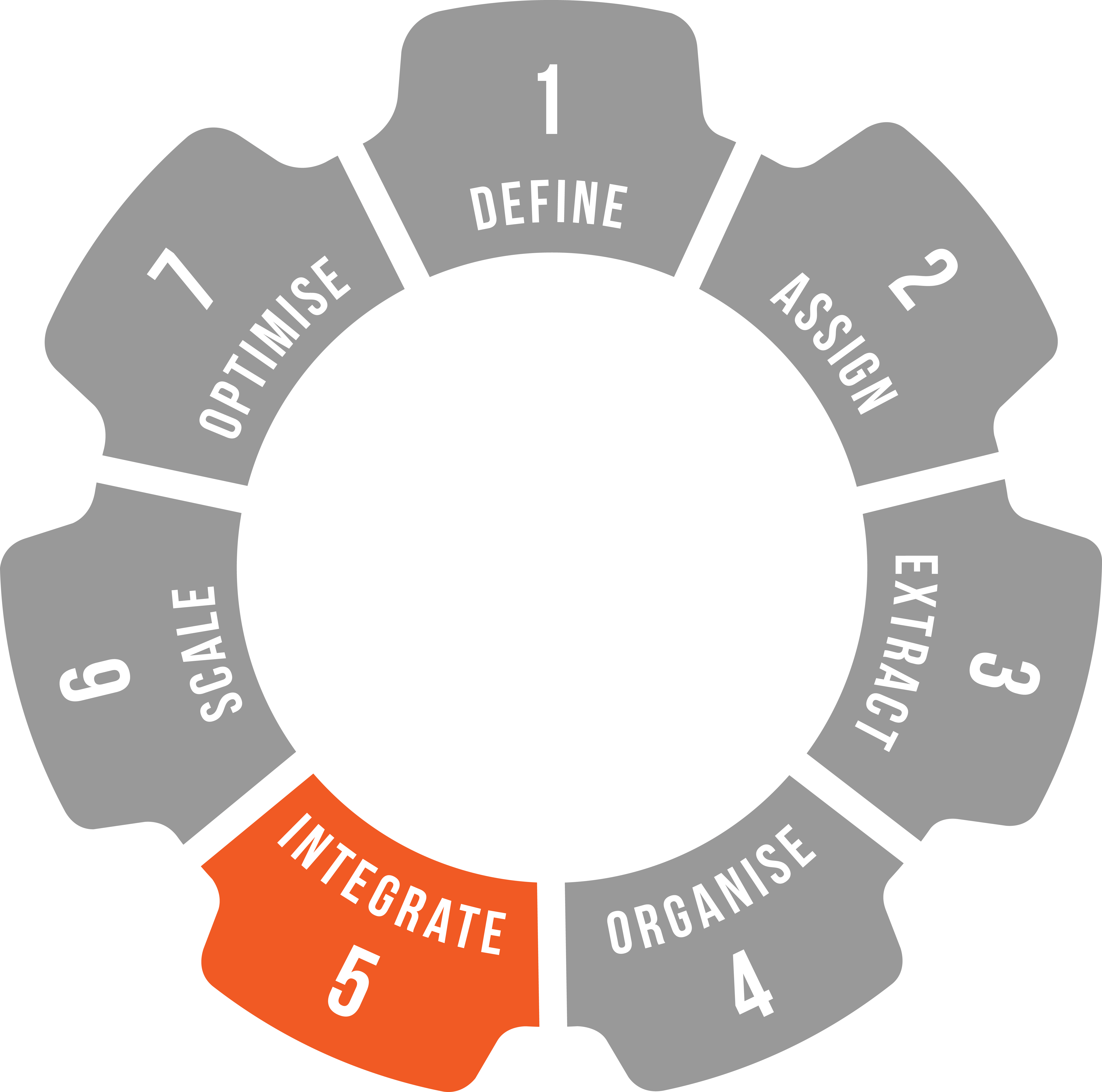
Stage 5. Integrate Summary
The fifth stage in SYSTEMology is to get the team to buy into your new, systemised approach to business. Positioning the benefits of the new initiative in relation to the individual, rather than the company, is one of the secrets to making this work. Another is that people support what they help to create.
Yes, change management is always easier said than done, but the good news is, we have a system for it.
Highlights:
- How to get some perspective and identify your strengths and weaknesses.
- Why previous attempts to systemise may have failed you.
- What are the two most important roles in growing your business.
- How to deal with resistance from difficult team members who fail to follow your systems.
Action Steps
- Step #1: Identify who’s leading the charge.
- Step #2: Know your selling points.
- Step #3: Introduce SYSTEMology to your team.
- Step #4: Start the extraction process.
- Step #5: Introduce your software.
- Step #6: Manage via the systems.
- Step #8: Build a systems-thinking culture.
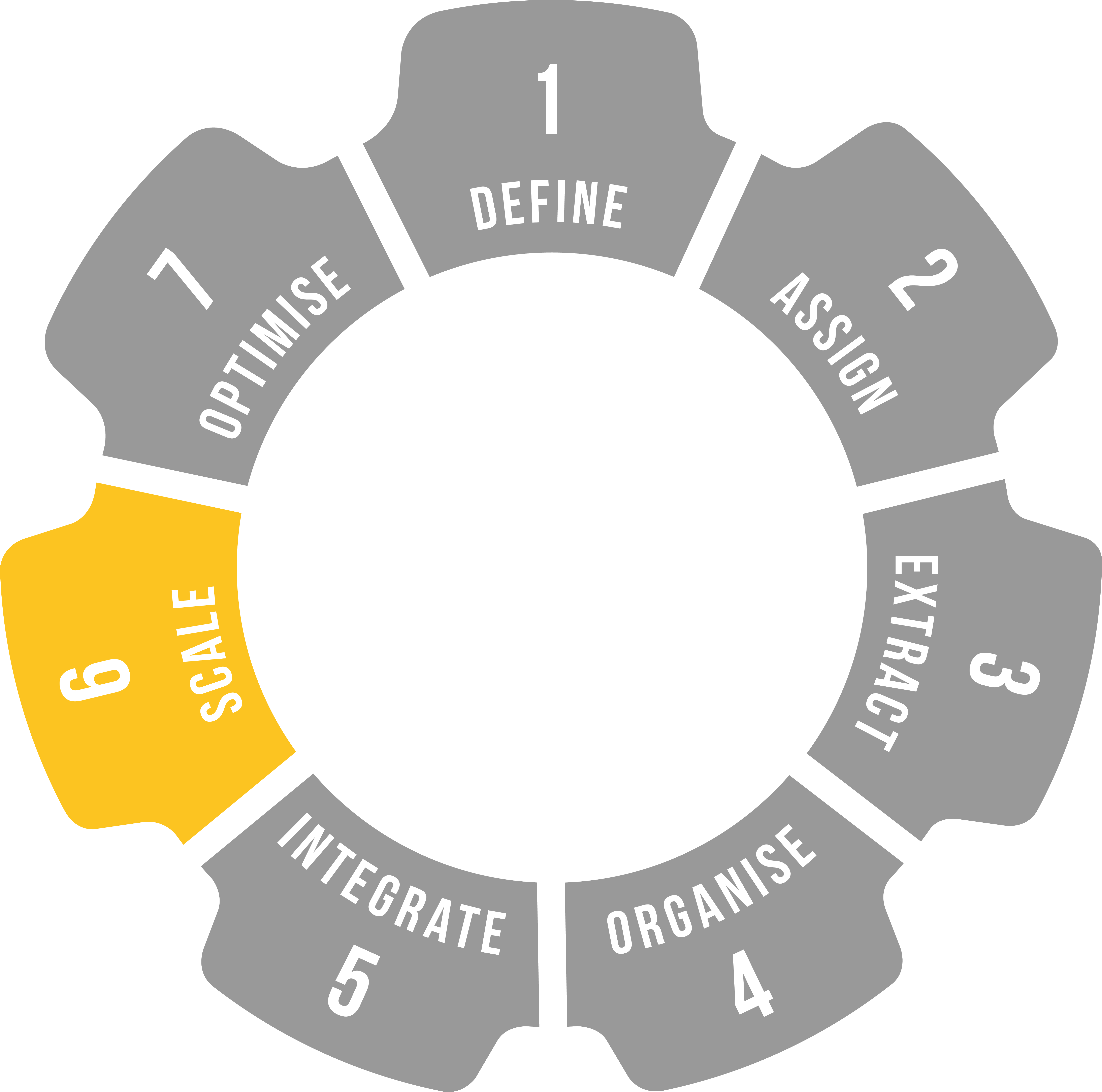
Stage 6. Scale Summary
The sixth stage in SYSTEMology is to extract and organise the systems required to scale your business.
Your business as a system is only as strong as its weakest link, therefore, it’s vital to document all areas of your business. The goal is to get your business to a point where there is no single-person dependency and you’re well-positioned to leverage every opportunity that comes your way.
Highlights:
- Why the secret to scaling is directly tied to your capacity to deliver.
- How a solid recruitment and onboarding process attracts superstar systems thinkers.
- The one exception to the rule that you should capture your current best practice.
- Why sending your best team members on vacation is one of the smartest things you can do.
Action Steps
- Step #1: Identify your systems for growth.
- Step #2: Assign, extract and organise.
- Step #3: Identify key team member’s critical systems and assign, extract and organise these.
- Step #4: Go on vacation.
Resources & Downloads
- Continuing using the DRTC and SAS templates provided in the "Assign" stage
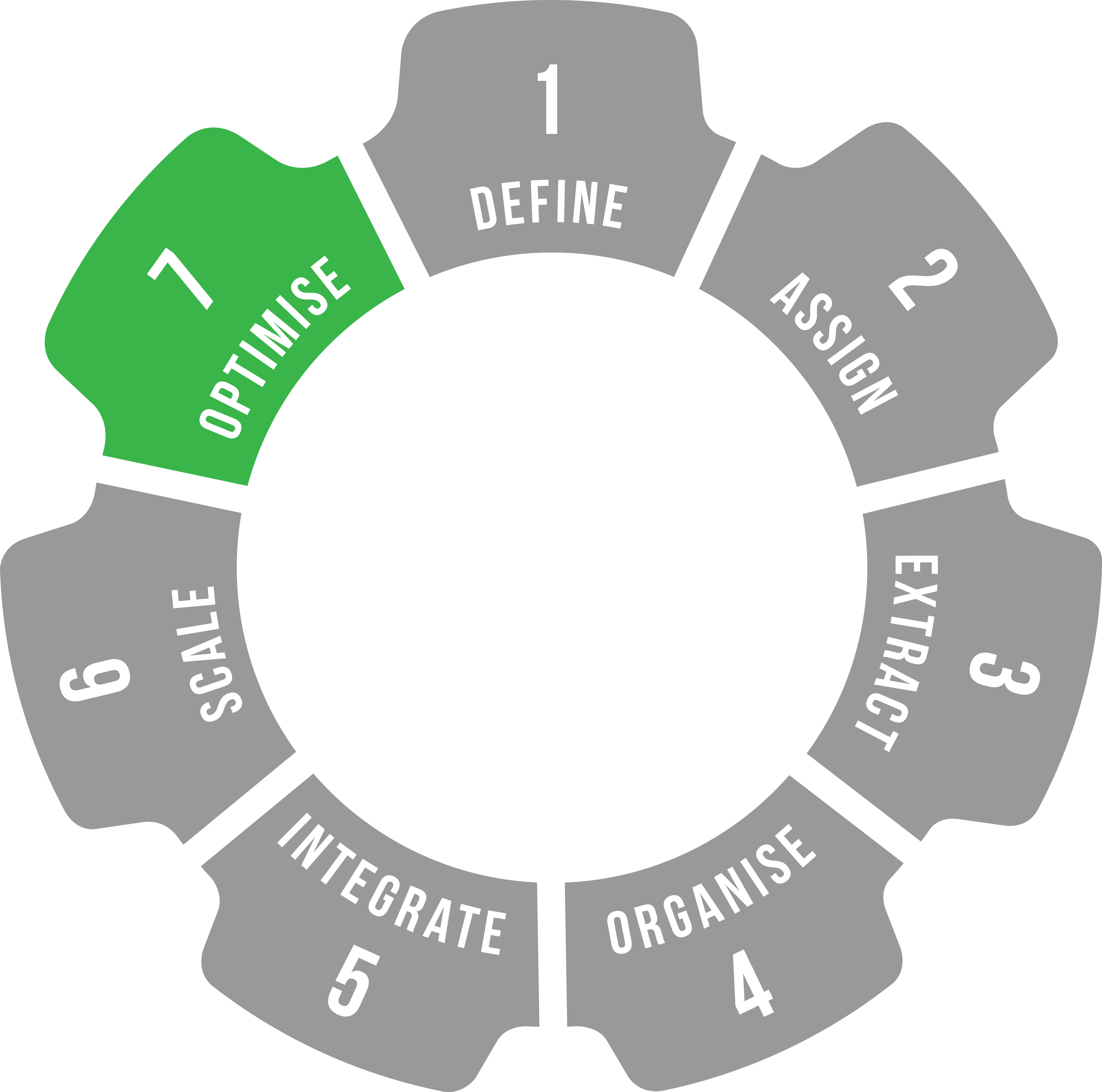
Stage 7. Optimise Summary
The seventh stage in SYSTEMology involves creating a dashboard that gives you visibility into your business and then beginning the process of optimisation. We identify the problems, make system improvements and then monitor the results.
When the team becomes unconsciously competent in this skill, it unlocks the door to complete business reliability.
Highlights:
- Why trying to imitate McDonald’s is hurting your systems development.
- Why watching too many metrics causes confusion and slows progress.
- How to make systems improvement simple, fun and automatic.
- The simple secret to accelerating your business optimisation.
Action Steps
- Step #1: Create a CCF dashboard to measure performance.
- Step #2: Spot the problems.
- Step #3: Begin optimisation.

